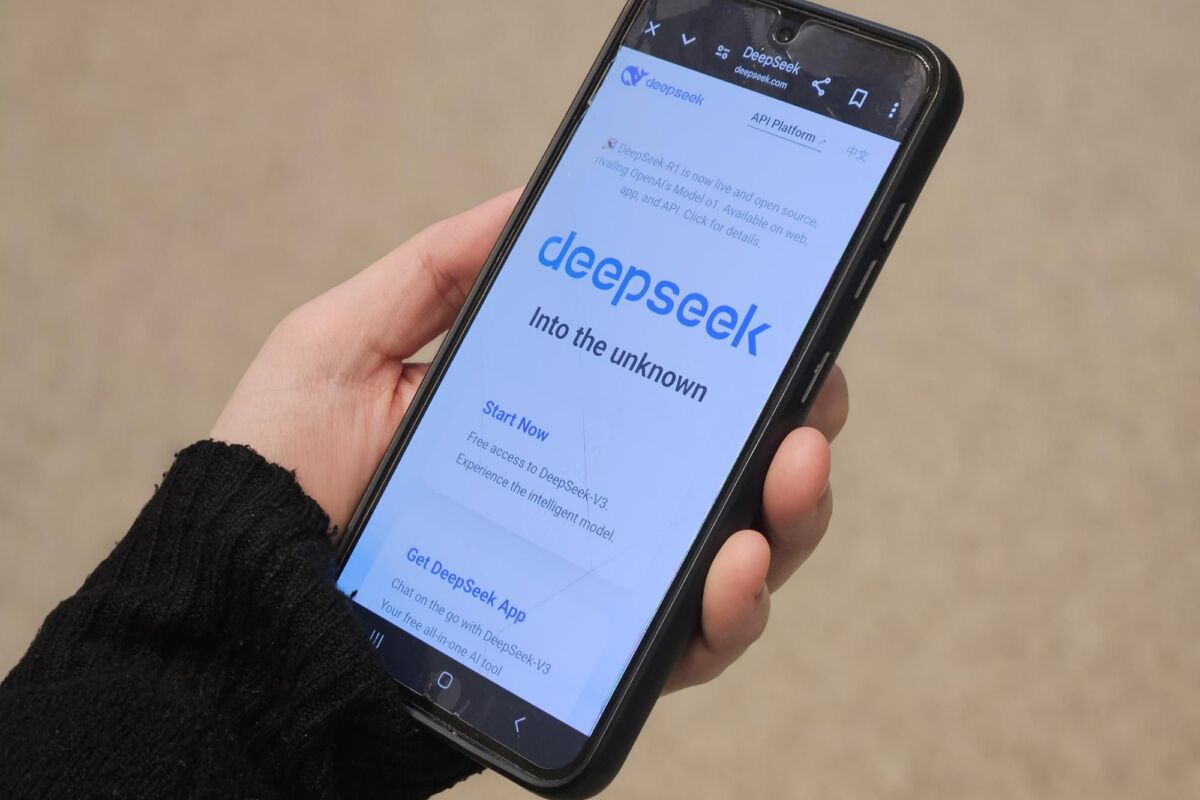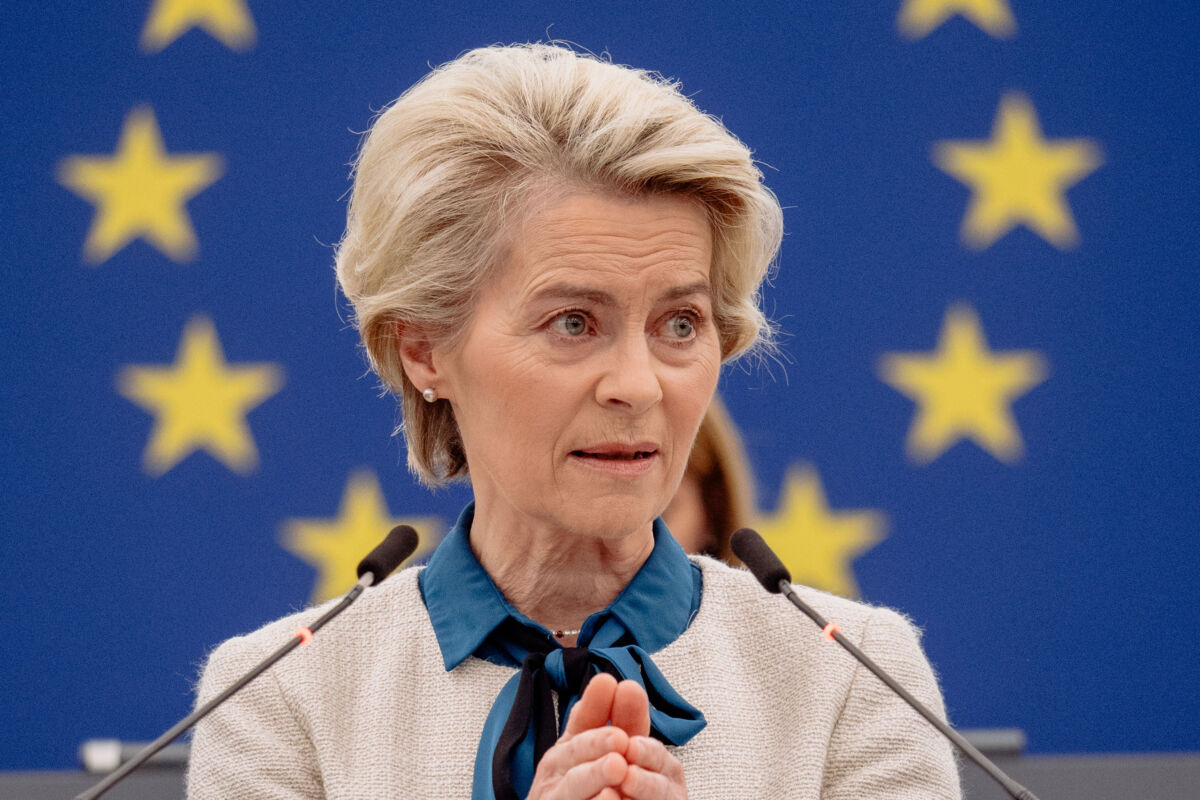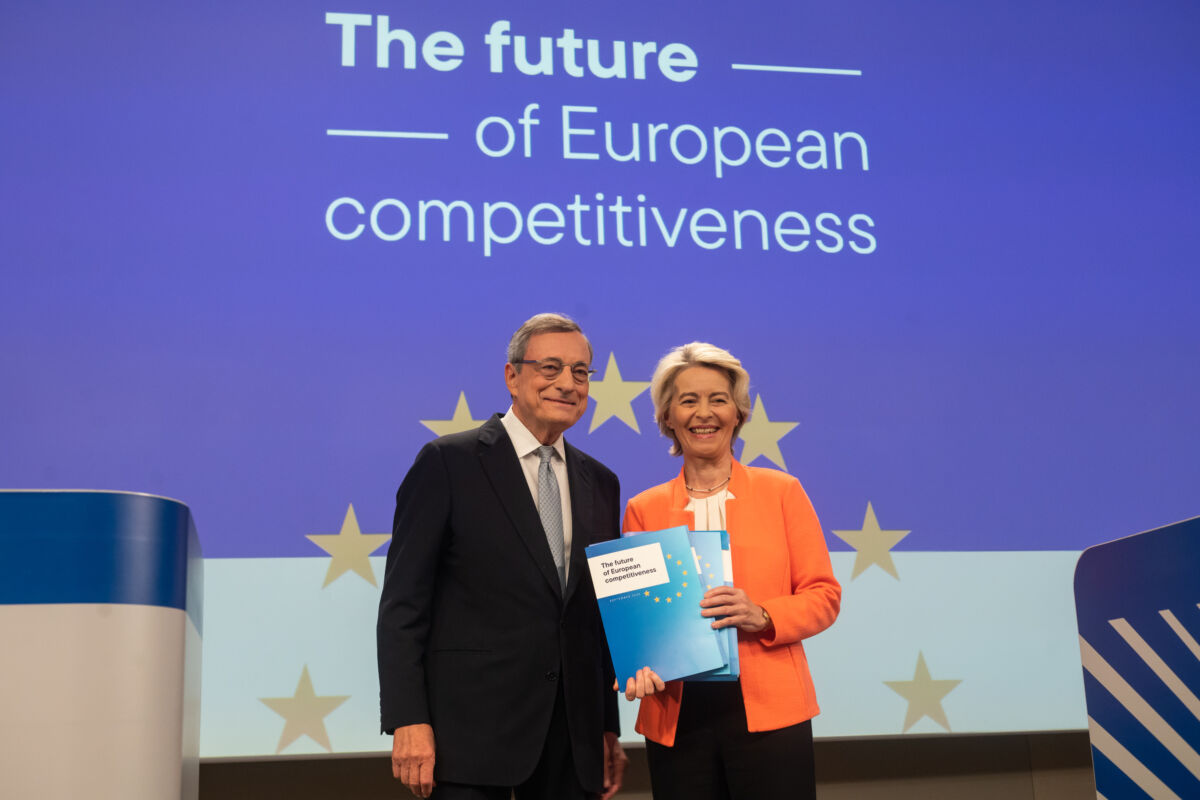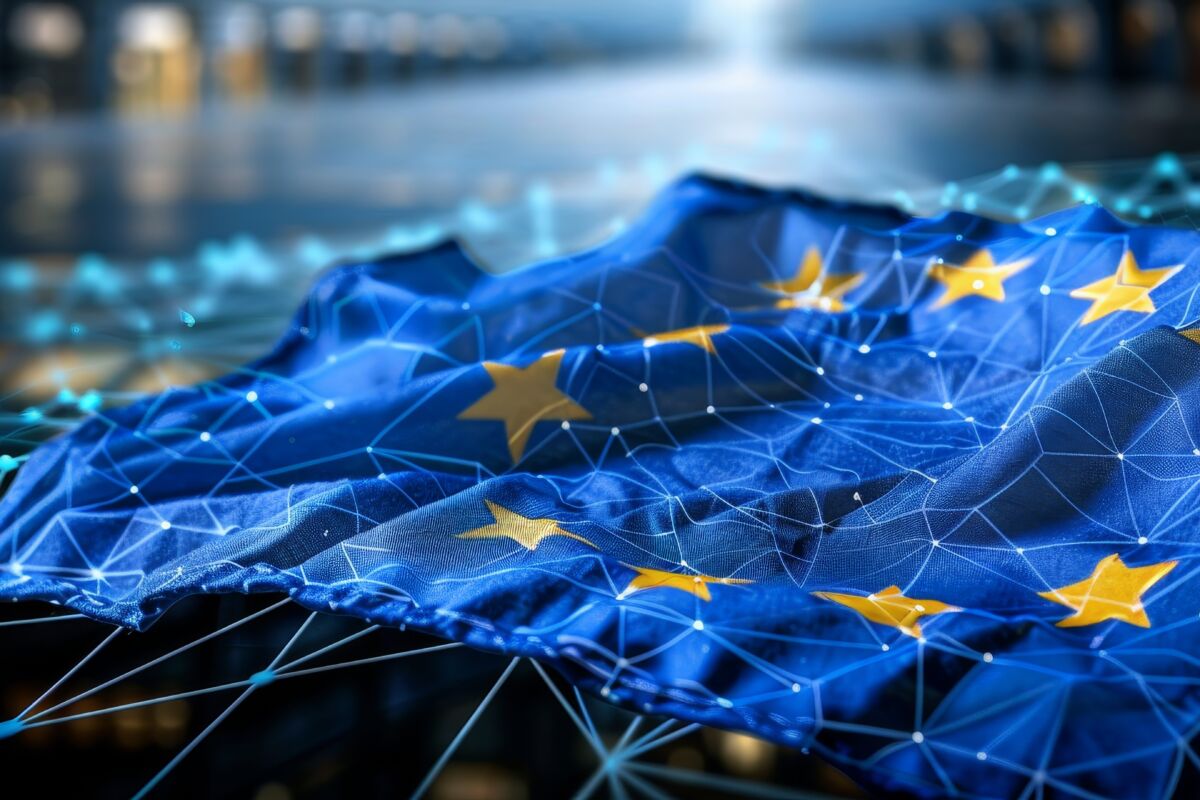On 5 June, the European Commission and the EEAS published a Joint Communication that officially launched the EU’s new International Digital Strategy. This clearly shows how important digital diplomacy has become over the past few years and it’s a long-awaited step in the EU’s ambition to become a stronger and more effective player in global digital governance.
Compared to previous efforts, the new strategy is significantly improved in terms of coherence, breadth and ambition. Because of this, it adequately responds to repeated calls for stronger EU leadership in global digital affairs that featured in several earlier strategies (Cybersecurity, Digital Decade, Economic Security Strategy, Competitiveness Compass) and high-level reports (such as Draghi, Letta, and Heitor). But, as is always the case, how the strategy is implemented going forward will be key to its success.
Strong foundations to build on
The new strategy relies on several previous initiatives, confirming the direction set by European Council Conclusions in 2022 and 2023. Over the past few years, the EU has strengthened its position in multilateral and multistakeholder forums, promoting coalitions with like-minded countries in the UN, G7 and G20, among others. This was coupled with a series of bilateral and regional ‘partnership frameworks’, the launch of Trade and Technology Councils with the US and India, Digital Partnerships with Japan, South Korea, Singapore and Canada, Digital Alliances/Packages with Latin America and the Caribbean, plus Digital Economy Packages under the Global Gateway and broad Digital and Cyber Dialogues.
In parallel, efforts to build up institutional capacity have led to the Digital Diplomacy Network, an informal network of digital/tech ambassadors and equivalents from Member States’ Foreign Ministries and enhanced coordination with overseas EU Delegations on technology-related issues. Finally, a new office in San Francisco marked a renewed effort to engage with Silicon Valley.
In all this, the EU’s international engagement on digital has so far lacked a coordinated vision. The new strategy paves the way for a fundamentally different approach – a shift from experimentation to execution, from dispersed actions to strategic coherence. It also broadens its scope from regulatory cooperation with third countries and some concrete ad hoc projects on capacity building, to a broader approach encompassing institutional positioning, more critical technologies, and a dedicated framework that will emphasise economic resources, human capital and specific calendars and deliverables over the coming years.
The ‘EU Tech Business Offer’ contained in the new Communication is emblematic of this shift – the end goal is for the EU, Member States and European businesses to interact much more closely on large-scale projects, with two examples being trusted connectivity offers by European companies in African or Latin American countries and connecting European quantum laboratories with those in like-minded Asian partners. A modular approach, aimed at balancing the EU’s interests and those of its partners, has the potential to trigger mutual benefits in key domains such as digital public infrastructures, AI and emerging technologies, cybersecurity and secure connectivity. That’s why the establishment of a Digital Partnership Network is a very promising idea.
Economic security requires a stronger international presence
The new strategy is particularly relevant due to the growing emphasis on economic security and will have to be tightly coordinated with EU actions that aim to strengthen the EU’s sovereignty and strategic autonomy in the tech domain.
Already in June 2023, a proposed Economic Security Strategy identified four types of risks (including technological leakage) and listed 10 critical technologies to be promoted, protected and developed in trusted partnerships (including quantum, AI, biotechnologies and semiconductors). The International Digital Strategy positions economic security as a core objective of the EU’s digital partnerships and international engagement, to be achieved through resilient supply chains, strategic tech partnerships (e.g. semiconductors), global talent attraction, and multilateral coordination to promote shared standards based on transparency, security and trust – all reinforcing both the EU’s digital sovereignty and global influence.
A practical example of how the EU can promote its security is the US Department of Commerce’s January 2025 ‘AI Diffusion Rule’, announced under the Biden Administration, to control the export of AI technology and semiconductors. The Rule divides countries into ‘tiers’, effectively splitting the EU into a patchwork of 27 regimes that receive different levels of treatment. And while it was later revoked, it highlighted how important a coordinated framework is at the EU level.
Finally, as over 80% of Europe’s digital infrastructure and technologies are currently imported, the EU’s efforts to build up its digital sovereignty and global leadership could only benefit from the emerging ‘EuroStack’, a comprehensive European technology stack to foster innovation, strengthen autonomy and competitiveness, and build a resilient and forward-looking digital ecosystem.
There’s no strategy without the adequate resources
If Europe is truly serious about its digital future, the new strategy must be backed by a concrete action plan and matched with the necessary resources and institutional strengthening in terms of inter-service coordination, capacities, human resources and staff training. This means better instruction for diplomats in both the EU institutions and delegations around the world, as well as more political buy-in from Member States and enhanced coordination with the private sector.
In a nutshell, it means joining forces and connecting the dots. Stronger coordination among the EU and Member States, and an effective mechanism to deploy public and private resources on the ground can help to ensure we avoid fragmented diplomatic actions whilst supporting smart digital partnerships with third countries with mutually beneficial results. Doing all this will yield real benefits for the EU’s competitiveness, security and long-term leadership in global digital affairs.
But this must be done swiftly as the world isn’t sitting around waiting for Europe to get its act together. China is doubling down on its digital infrastructure diplomacy. The US is recalibrating its export control policies and AI strategy. Multilateral forums are becoming more fragmented due to the escalation of big power rivalry and US withdrawal under Trump.
That’s why the EU’s International Digital Strategy is not only timely – but essential. The big challenge now is to fully implement it.
Note: With the upcoming launch of the new Tech Diplomacy Initiative (TDI), CEPS aims to facilitate cross-sectoral dialogue among policymakers, experts, private sector, academia and civil society, building bridges between EU digital and foreign policy actors through roundtables, workshops, and research. The initiative seeks to support a more strategic, informed and coordinated EU tech diplomacy framework to navigate emerging technological and geopolitical challenges, as we believe that the only way forward is to be agile, coordinated, tailor-made and multistakeholder.





































